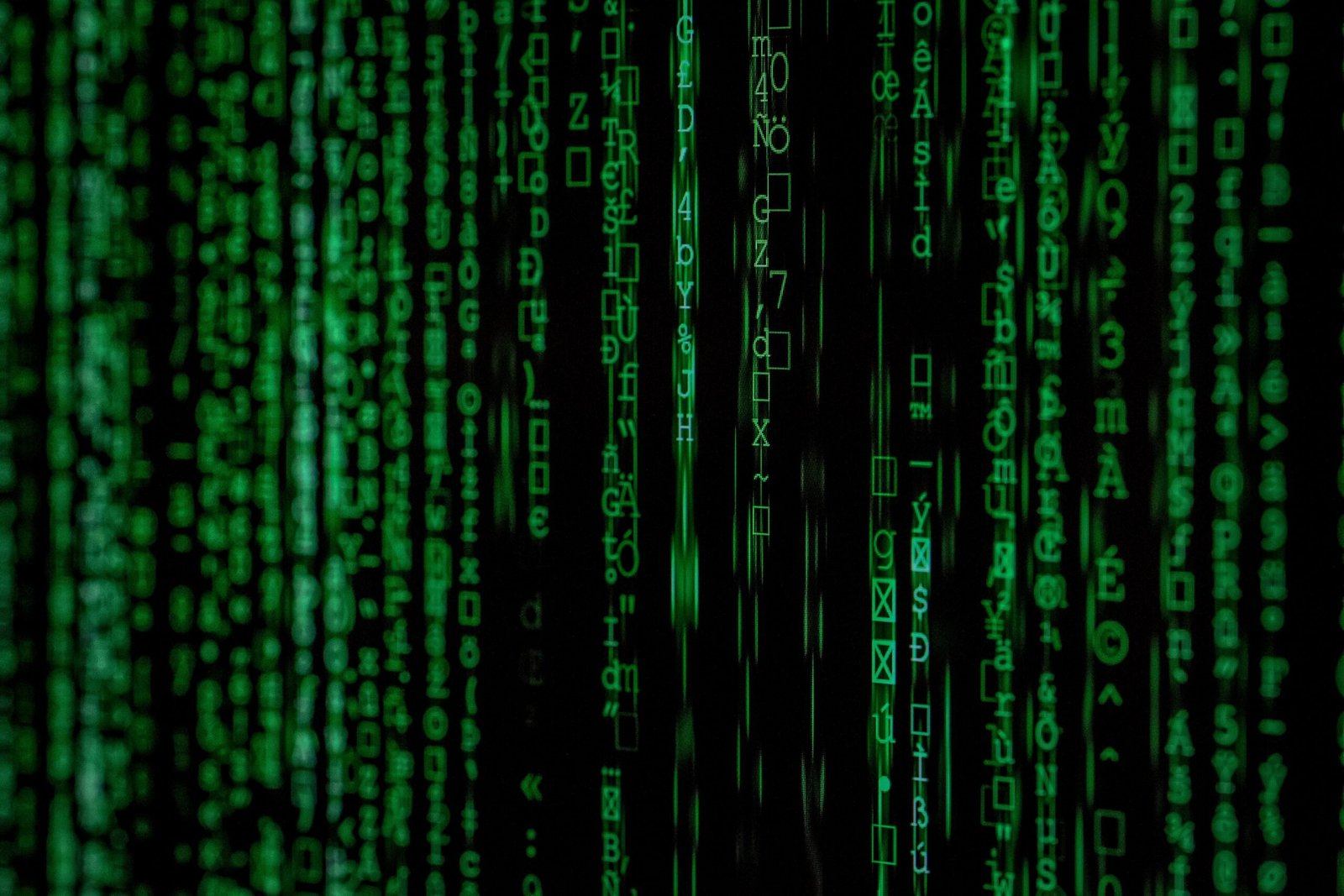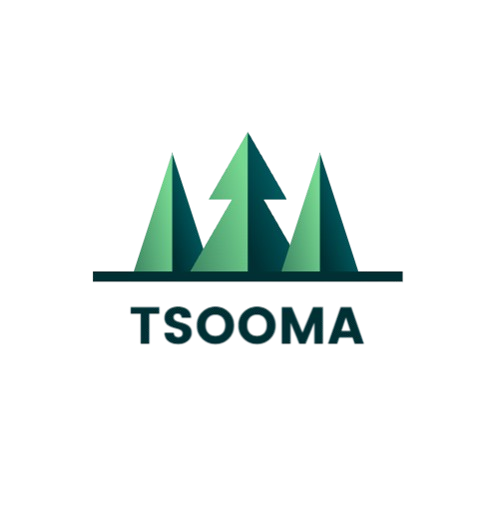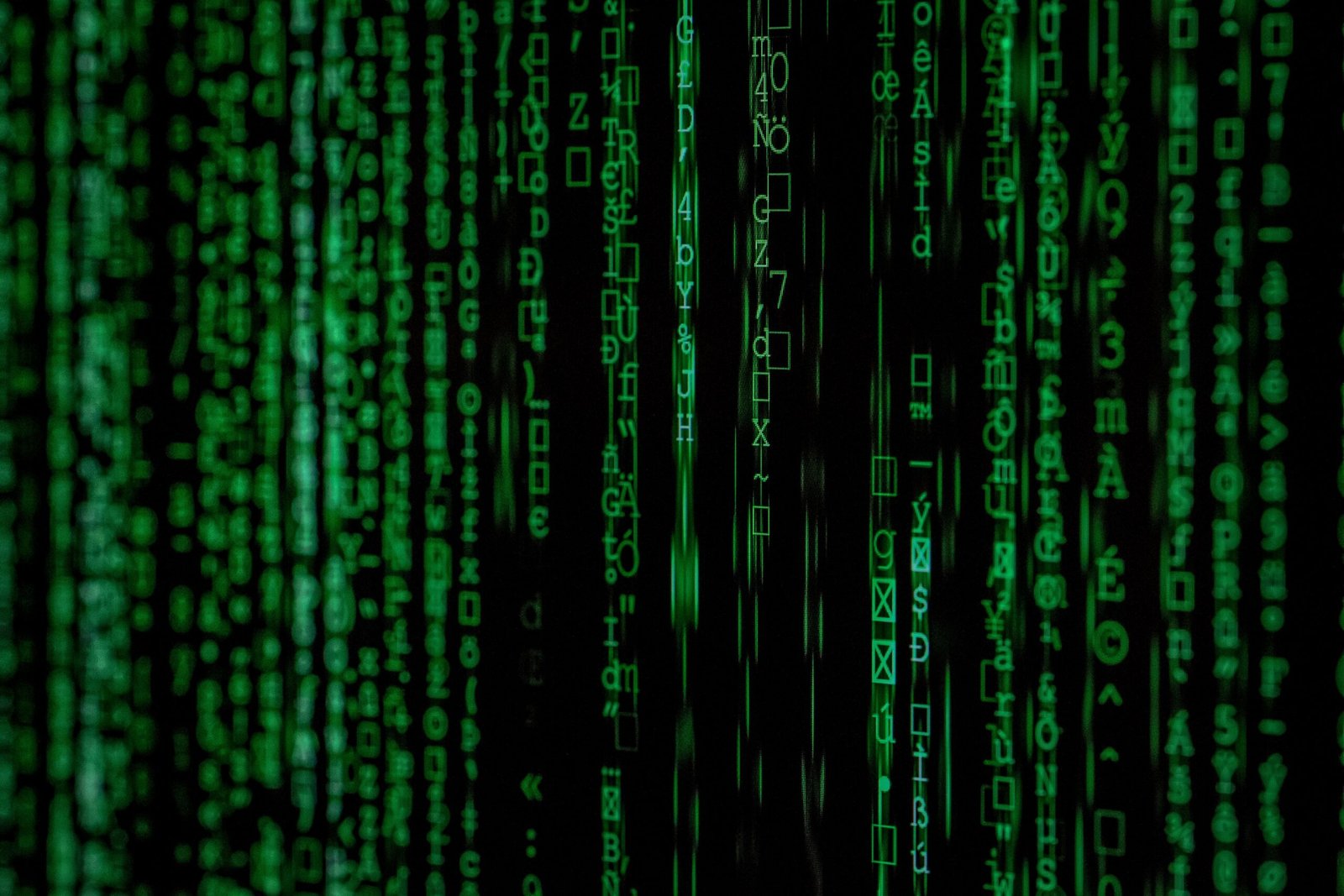
Introduction to the Digital Revolution
The digital revolution, also known as the third industrial revolution, marks a pivotal shift from mechanical and analog electronic technology to digital electronics. This transformation began in the latter half of the 20th century and has rapidly accelerated into the 21st century. Unlike the previous industrial revolutions that were driven by advancements in machinery and physical infrastructure, the digital revolution is characterized by the proliferation of digital computing and communication technologies.
Historical context is paramount in understanding the profound impact of this revolution. From the advent of the internet in the 1960s to the introduction of personal computers in the 1980s and the explosion of mobile technology in the 2000s, each milestone has reshaped the landscape of human interaction and productivity. These technological advancements have laid the groundwork for the interconnected world we live in today. With the rise of the internet, smartphones, and digital platforms, technology has woven itself into the fabric of everyday life, influencing how we communicate, work, and entertain ourselves.
As technology continues to evolve, its role in transforming various aspects of life becomes increasingly evident. In the realm of communication, digital technologies have revolutionized how we connect with one another, breaking down geographical barriers and enabling instant access to information. In business, digital tools and platforms have streamlined operations, enhanced productivity, and opened up new opportunities for innovation and entrepreneurship. The education sector has also experienced a significant transformation, with e-learning and digital resources making education more accessible and personalized.
Moreover, the healthcare industry has seen remarkable advancements due to technology, from telemedicine and electronic health records to cutting-edge medical research and diagnostics. In entertainment, digital streaming services and social media platforms have redefined how we consume and share content. The pervasive influence of technology in our daily lives underscores the importance of understanding the digital revolution and its ongoing impact on society.
Impact on Communication
Technology’s evolution has profoundly transformed the way we communicate, establishing new paradigms that were previously unimaginable. The advent of smartphones epitomizes this revolution, enabling individuals to connect globally with ease. These devices, equipped with sophisticated capabilities, allow for real-time communication through voice calls, video chats, and instant messaging apps, transcending geographical boundaries.
Social media platforms have further redefined the communication landscape. Sites like Facebook, Twitter, and Instagram facilitate instantaneous sharing of thoughts, images, and videos, fostering an unprecedented level of global connectivity. These platforms serve as conduits for personal interactions and have also become pivotal for businesses, educational institutions, and governments to disseminate information quickly and efficiently.
Instant messaging applications such as WhatsApp, Telegram, and Signal have made significant contributions to seamless communication. These apps provide features like group chats, media sharing, and end-to-end encryption, enhancing both personal and professional communication. Their ability to offer real-time updates and instant responses has made them indispensable tools in our daily lives.
While the benefits of these technological advancements are undeniable, they are not without challenges. Digital privacy remains a significant concern, with personal data often being vulnerable to breaches and misuse. Moreover, the rapid dissemination of information through these channels has also led to the proliferation of misinformation, posing risks to public perception and decision-making.
In essence, technology has not only enhanced our capacity to communicate but has also reshaped the way we interact with the world. The balance between harnessing these benefits and addressing the associated challenges will continue to shape the future of communication.
Transformation of Healthcare
The healthcare industry has undergone a profound transformation due to the advent of technology, revolutionizing the way medical services are delivered and experienced. One of the most notable advancements is the rise of telemedicine, which enables patients to consult with healthcare professionals remotely. This innovation not only enhances accessibility, particularly for those in rural or underserved areas but also reduces the burden on physical healthcare facilities by providing an efficient alternative for non-emergency consultations.
Electronic health records (EHRs) represent another significant leap forward. EHRs facilitate the seamless sharing of patient information among different healthcare providers, ensuring that medical histories, test results, and treatment plans are readily accessible. This connectivity reduces the risk of errors and enhances the continuity of care, ultimately leading to better patient outcomes. Furthermore, EHRs streamline administrative processes, allowing healthcare professionals to focus more on patient care rather than paperwork.
Wearable health technology has also made a substantial impact. Devices such as fitness trackers, smartwatches, and portable ECG monitors enable individuals to monitor their health metrics continuously. These wearables provide real-time data on heart rate, physical activity, sleep patterns, and more, empowering users to take proactive steps towards maintaining their health. Additionally, healthcare providers can use this data to personalize treatment plans and intervene early in potential health issues, improving overall patient care.
Artificial intelligence (AI) is playing an increasingly pivotal role in diagnostics and treatment. AI algorithms can analyze vast amounts of medical data with remarkable speed and accuracy, aiding in the early detection of diseases such as cancer and providing personalized treatment recommendations. AI-driven tools can also assist in drug discovery and development, potentially reducing the time and cost associated with bringing new medications to market. These advancements not only enhance the precision of medical care but also open up new possibilities for tackling complex health challenges.
In essence, the integration of technology in healthcare is not just about improving efficiency; it’s about enhancing the quality of life for patients. By making healthcare services more accessible, accurate, and personalized, technology is paving the way for a healthier future.
Education in the Digital Age
The advent of technology has ushered in a new era for education, fundamentally transforming how knowledge is disseminated and acquired. One of the most significant developments is the rise of online learning platforms. Institutions like Coursera, edX, and Khan Academy offer a plethora of courses that are accessible to anyone with an internet connection, democratizing education in ways previously unimaginable. These platforms break down geographical and economic barriers, providing learners from all walks of life the opportunity to gain new skills and knowledge.
Virtual classrooms further augment the educational landscape by enabling real-time interaction between teachers and students, regardless of their physical locations. Platforms such as Zoom and Microsoft Teams have become integral to modern education, especially in times of global crises like the COVID-19 pandemic. These tools facilitate a dynamic, interactive learning environment that closely mimics traditional classrooms, allowing for discussions, collaborative projects, and immediate feedback.
Digital textbooks have also emerged as a revolutionary tool in education. Unlike their traditional counterparts, digital textbooks are often interactive, integrating multimedia elements such as videos, quizzes, and hyperlinks to additional resources. This not only makes learning more engaging but also allows for the content to be updated easily, ensuring that students always have access to the most current information. Furthermore, digital textbooks are generally more affordable and eco-friendly, reducing the need for paper and physical storage space.
Educational apps have become indispensable in providing personalized learning experiences. Apps like Duolingo for language learning, Photomath for solving mathematical problems, and Quizlet for study aids cater to individual learning needs and preferences. These apps utilize algorithms to adapt to the user’s learning pace, ensuring that students remain engaged and motivated. The gamification of learning through these apps also adds an element of fun, making education a more enjoyable endeavor.
In summary, the integration of technology in education has democratized access to resources, enabling personalized and flexible learning experiences. As technology continues to evolve, its role in education is likely to expand, offering even more innovative solutions to the challenges of traditional learning.
The Evolution of Workplaces
Technology has dramatically reshaped modern workplaces, ushering in an era of unprecedented flexibility and interconnectedness. One of the most significant transformations is the rise of remote work. Leveraging high-speed internet and advanced communication tools, employees can now operate from virtually anywhere in the world. This shift has enabled companies to tap into a global talent pool, enhancing both diversity and innovation.
Collaborative tools like video conferencing platforms and project management software have further revolutionized the workplace. Applications such as Zoom, Microsoft Teams, and Slack facilitate seamless communication among team members, regardless of their physical locations. These tools not only foster real-time collaboration but also streamline project tracking, ensuring everyone is aligned and productivity is maintained.
The gig economy has also seen a substantial boost due to technological advancements. Platforms like Upwork, Fiverr, and TaskRabbit provide freelancers and gig workers with opportunities to connect with clients worldwide, offering flexible working hours and varied job prospects. This has democratized the labor market, allowing individuals to craft careers tailored to their unique skills and preferences.
While the benefits of technology in the workplace are evident, they are accompanied by challenges. The blurring lines between work and personal life can lead to difficulties in maintaining a healthy work-life balance. Employees may feel compelled to be always available, leading to burnout and decreased job satisfaction. Moreover, the increased reliance on digital tools raises significant cybersecurity concerns. Protecting sensitive information from cyber threats becomes crucial, necessitating robust security measures and ongoing vigilance.
In summary, the integration of technology into the workplace has brought about substantial flexibility and productivity gains. However, managing work-life balance and cybersecurity remains critical to ensuring these advancements contribute positively to the overall work environment.
Smart Homes and IoT
The integration of technology into our living spaces has revolutionized the way we interact with our homes. This transformation is epitomized by the concept of smart homes, which leverages the Internet of Things (IoT) to create interconnected environments that enhance efficiency, convenience, and security. The essence of IoT lies in its capability to link various devices, allowing them to communicate and collaborate seamlessly. This connectivity extends beyond mere automation, fostering a more intuitive and responsive living experience.
One of the most prominent examples of IoT in smart homes is the smart thermostat. These devices learn from user behavior and adapt to preferred temperature settings, optimizing energy consumption and reducing utility bills. The ability to control heating and cooling remotely via smartphone applications further underscores their convenience, allowing homeowners to manage their environment even when they are away.
Home assistants, such as Amazon Alexa and Google Home, serve as the central hubs for smart homes, enabling voice-activated control over various IoT devices. These assistants can manage everything from lighting and entertainment systems to kitchen appliances, streamlining daily routines and enhancing overall quality of life. Their integration with other smart devices creates a cohesive ecosystem that responds intuitively to user commands.
Security systems have also benefited immensely from IoT advancements. Smart security cameras, doorbells, and locks offer real-time monitoring and alerts, providing homeowners with peace of mind. These systems can be customized to send notifications to a user’s smartphone, allowing for immediate action in case of any security breaches. The ability to remotely control and monitor home security ensures a higher level of safety and responsiveness.
Beyond individual device functionalities, the broader implications of smart homes and IoT include significant energy savings and improved quality of life. By optimizing resource usage and providing greater control over home environments, these technologies contribute to more sustainable living practices. As our homes become smarter, we stand to benefit from increased convenience, efficiency, and security, ultimately transforming our everyday lives.
Entertainment and Media
Technology has profoundly transformed the landscape of entertainment and media, revolutionizing the way we consume, create, and interact with content. The advent of streaming services such as Netflix, Hulu, and Disney+ has shifted the paradigm from traditional cable television to on-demand, personalized viewing experiences. These platforms offer vast libraries of movies, TV shows, documentaries, and more, available at the click of a button, allowing users to watch what they want, when they want.
Video games have also undergone significant evolution, driven by advancements in graphics, processing power, and online connectivity. Modern consoles and gaming PCs deliver photorealistic visuals and seamless gameplay, while online multiplayer platforms connect millions of players worldwide, fostering communities and competitive environments. Moreover, the rise of eSports has turned gaming into a legitimate professional sport, with tournaments that draw in massive audiences and offer substantial prize pools.
Virtual reality (VR) is another groundbreaking advancement, offering immersive experiences that transport users to entirely new worlds. Whether it’s exploring fantastical landscapes, participating in virtual training simulations, or attending live events in a virtual space, VR is pushing the boundaries of what is possible in entertainment. Coupled with augmented reality (AR), these technologies are enhancing real-world environments with digital overlays, creating a hybrid reality that enriches our interaction with the world.
Content creation platforms like YouTube, TikTok, and Twitch have democratized media production, enabling anyone with a smartphone and internet connection to become a content creator. These platforms have given rise to a new generation of influencers and entertainers who can reach global audiences without traditional gatekeepers. This shift has not only diversified the types of content available but also empowered individuals to share their unique perspectives and talents.
Overall, technology continues to redefine entertainment and media, making it more interactive, immersive, and accessible. These advancements have transformed consumption habits, created new forms of entertainment, and opened up endless possibilities for future innovations.
Future Trends and Ethical Considerations
As we look towards the future, the landscape of technology is poised for significant advancements, with emerging trends such as artificial intelligence (AI), blockchain, and quantum computing leading the charge. AI continues to revolutionize various sectors, from healthcare and finance to transportation and entertainment, offering unprecedented opportunities for innovation and efficiency. The integration of AI into everyday applications suggests a future where machines can autonomously perform complex tasks, enhancing productivity and creating new possibilities.
Blockchain technology, known for its secure and transparent nature, is gaining traction beyond cryptocurrencies. Its potential to transform industries such as supply chain management, voting systems, and digital identity verification is immense. By providing a decentralized and tamper-proof system, blockchain is set to enhance trust and security in digital interactions.
Quantum computing, though still in its nascent stages, promises to solve problems that are currently beyond the reach of classical computers. This technology could revolutionize fields like cryptography, material science, and complex system simulations, pushing the boundaries of what is computationally possible.
However, with these advancements come significant ethical considerations. Digital privacy remains a paramount concern as the collection and use of personal data become more pervasive. Ensuring robust data security measures are in place to protect sensitive information is crucial. Additionally, the digital divide – the gap between those who have access to modern technology and those who do not – poses a challenge in ensuring equitable benefits from technological advancements.
Responsible innovation is essential to address these ethical issues. Policymakers, technologists, and society at large must collaborate to create frameworks that promote the ethical use of technology. This includes developing regulations that safeguard privacy, ensuring equitable access to technological resources, and fostering an environment where technology serves humanity’s best interests. By prioritizing ethical considerations, we can harness the awesome power of technology to create a future that benefits all of humanity.




